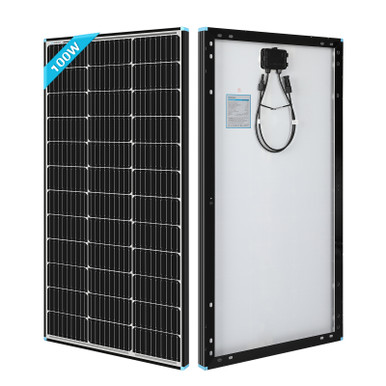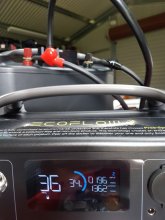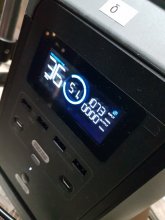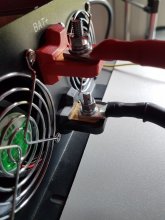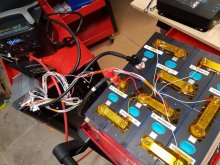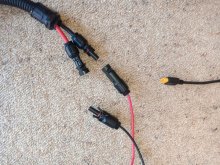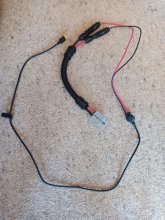amaclach
New Member
- Joined
- Jun 29, 2020
- Messages
- 88
OK - So I received my R600 Pro today. I haven't really done much with it except charge it up (it charged from the wall socket at about 750 watts, which is insane).
I tried to fire up the app and register (why is this necessary?) and the app from google play is broken - it looks like it has no permissions and can't access any networks. It's giving a 401 error, so I can't configure the R600... Great start.
On google play, there's a bunch of 1* reviews saying the same thing. I tried the APK download from their site (there is a QR code in the manual) - file not found...
I have emailed their support address - let's see what comes of this... Not impressed so far.
I tried to fire up the app and register (why is this necessary?) and the app from google play is broken - it looks like it has no permissions and can't access any networks. It's giving a 401 error, so I can't configure the R600... Great start.
On google play, there's a bunch of 1* reviews saying the same thing. I tried the APK download from their site (there is a QR code in the manual) - file not found...
I have emailed their support address - let's see what comes of this... Not impressed so far.



